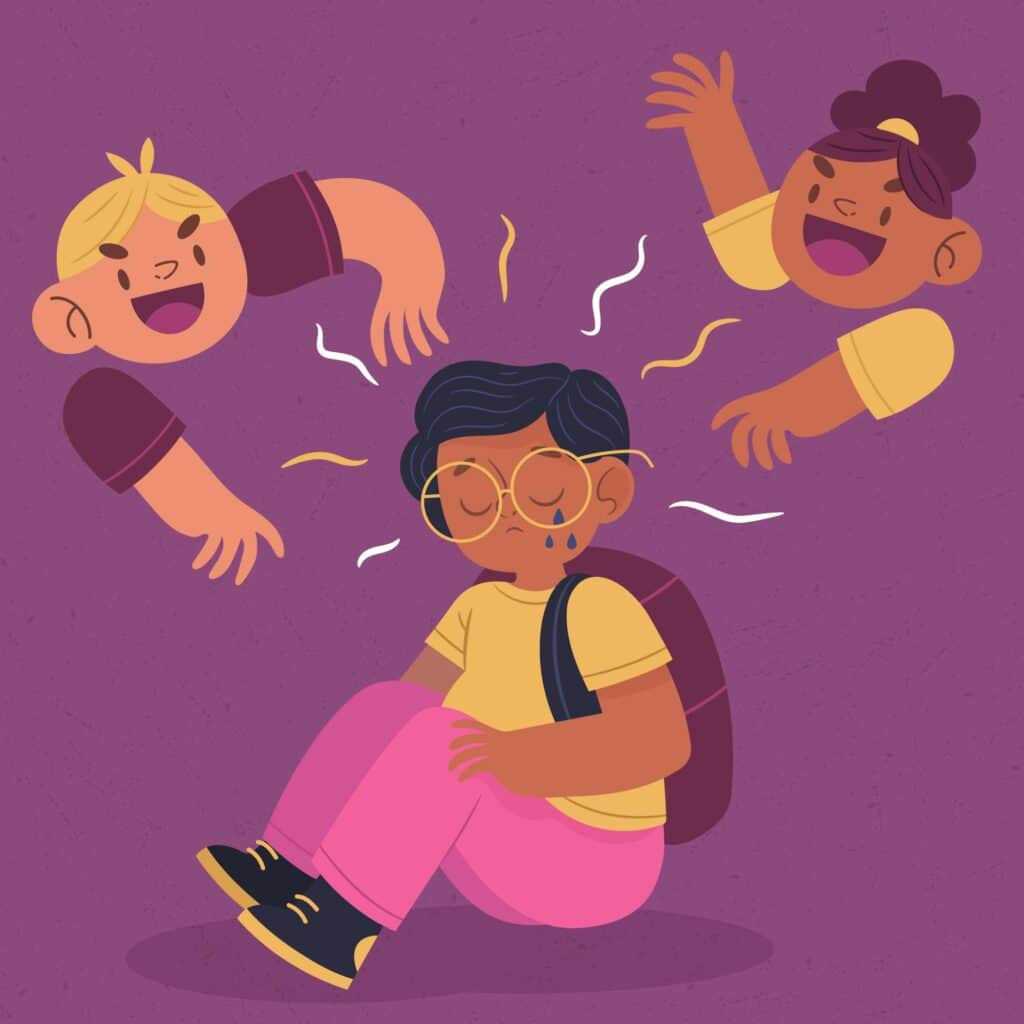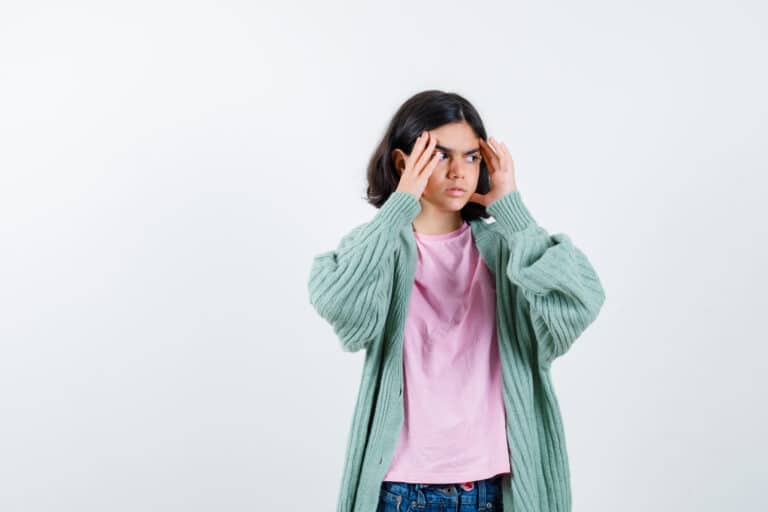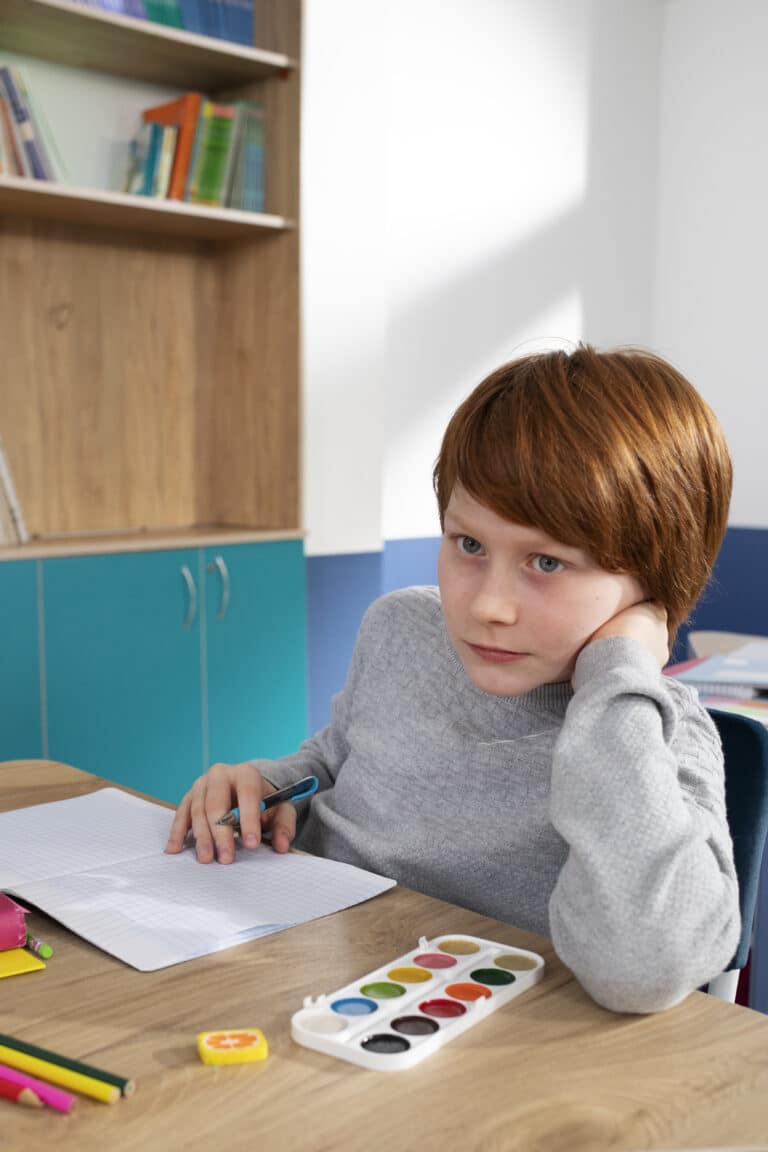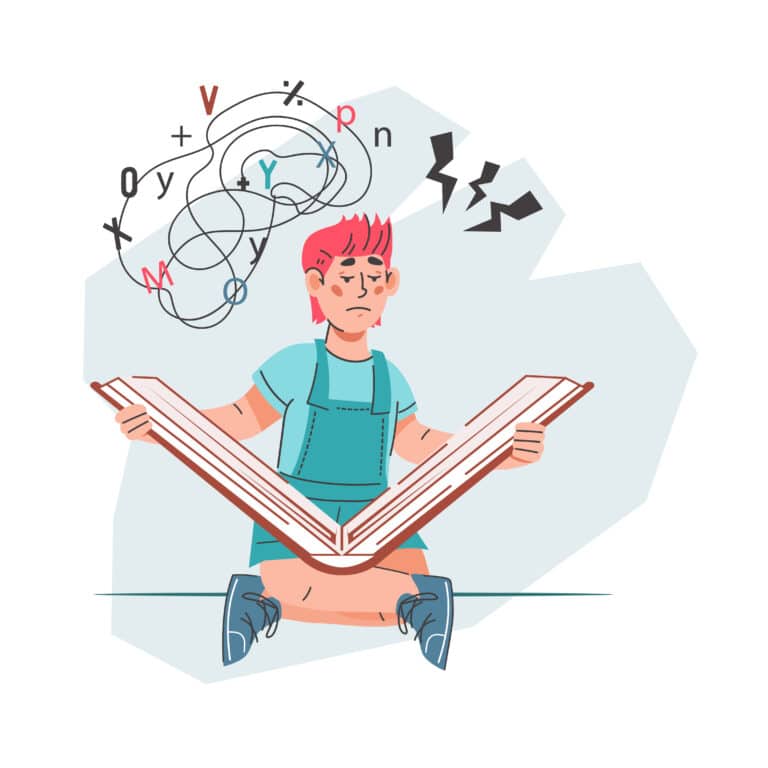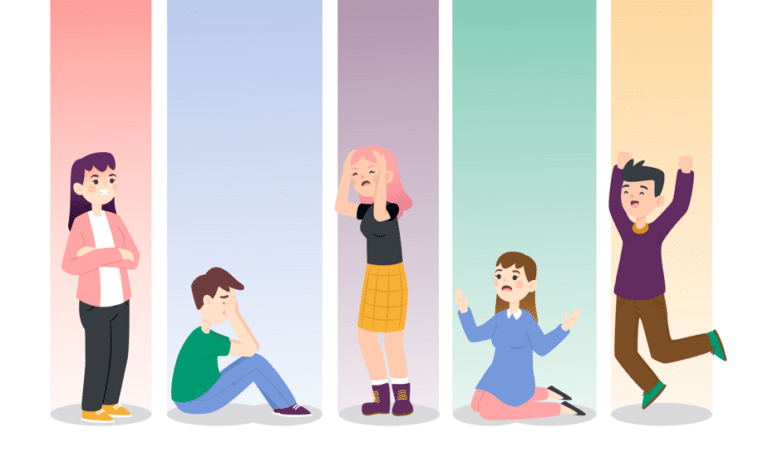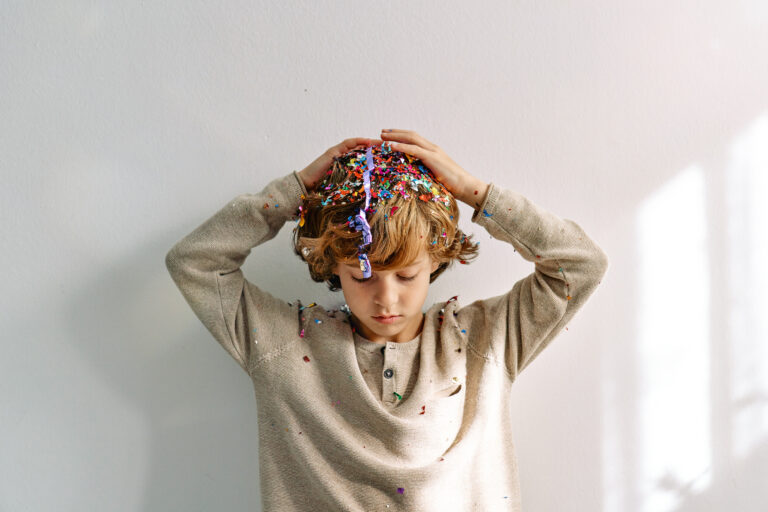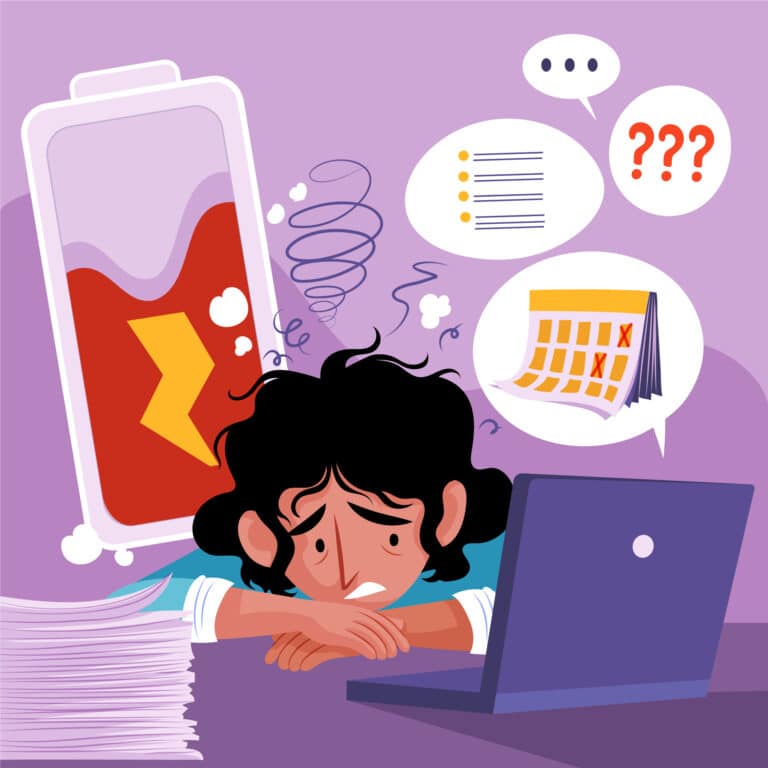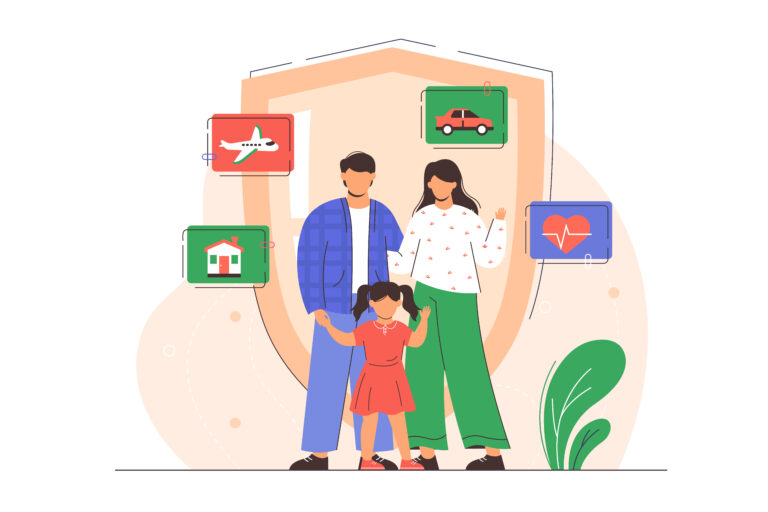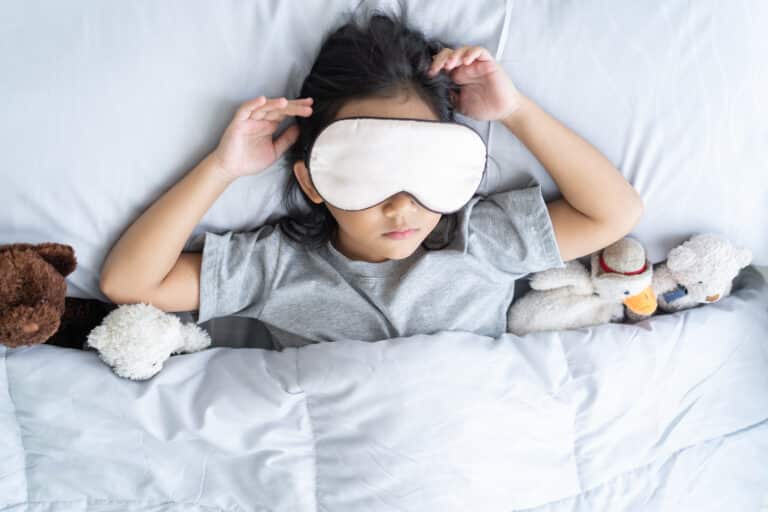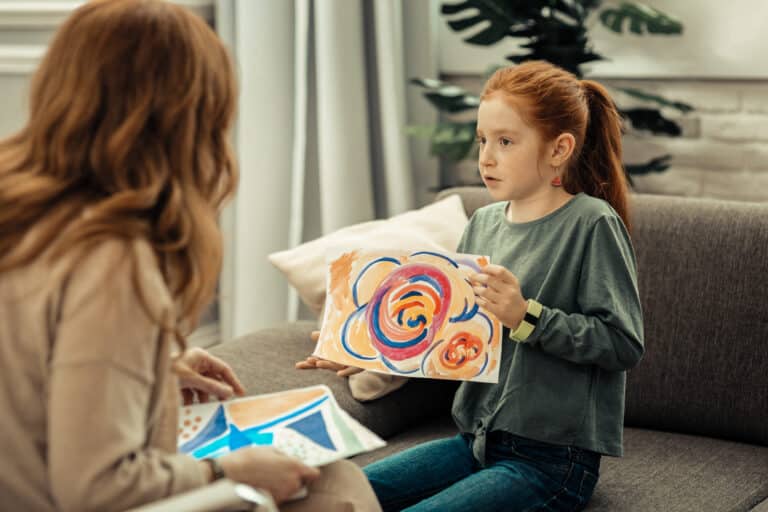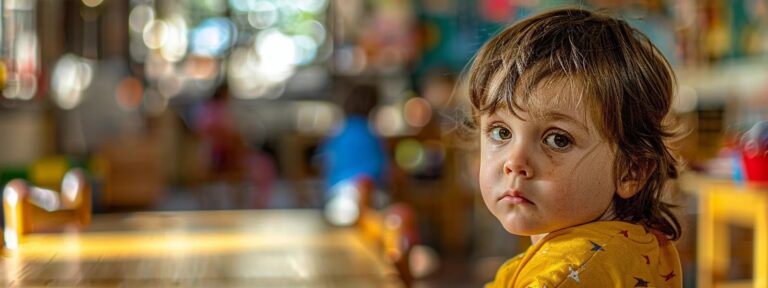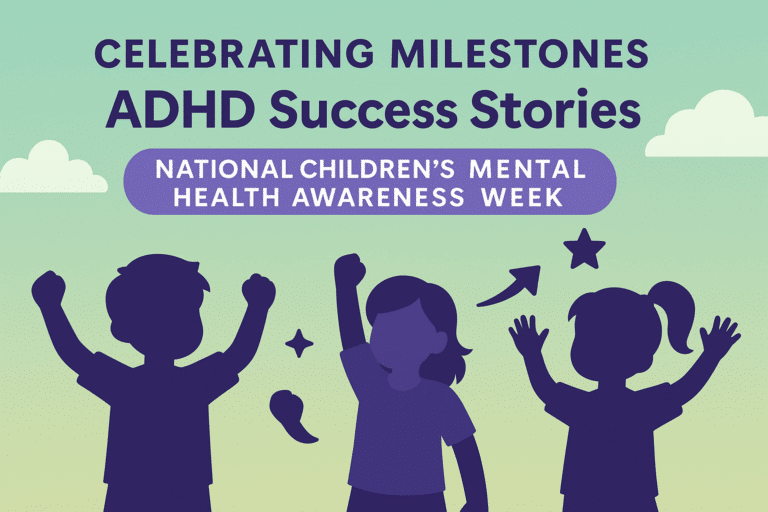Anxiety is a natural response to stress, but when it becomes persistent and overwhelming, it can significantly impact a child’s psychological development. As one of the most common mental health issues among children and adolescents, anxiety disorders can affect emotional well-being, cognitive function, and social development. Understanding how anxiety shapes a child’s growth is crucial for parents, educators, and caregivers committed to supporting mental health from an early age.
What is Anxiety in Children?
Anxiety in children manifests as excessive worry, fear, or nervousness that interferes with daily activities. While occasional anxiety is normal, especially in new situations, persistent anxiety may signal an underlying disorder. Common types of anxiety disorders in children include:
- Generalized Anxiety Disorder (GAD): Persistent, excessive worry about various aspects of life.
- Social Anxiety Disorder: Intense fear of social situations and being judged by others.
- Separation Anxiety Disorder: Extreme fear of being apart from primary caregivers.
- Specific Phobias: Intense fear of specific objects or situations.
How Anxiety Affects Psychological Development
1. Emotional Regulation
Children with anxiety often struggle with emotional regulation. They may experience intense feelings of fear, sadness, or frustration, which can lead to mood swings and emotional outbursts. This difficulty managing emotions can hinder their ability to cope with everyday stressors.
2. Cognitive Function
Anxiety affects cognitive processes such as attention, memory, and problem-solving. Children may have trouble concentrating in school, leading to academic challenges. Their minds are often preoccupied with worry, making it difficult to absorb new information or complete tasks efficiently.
3. Social Development
Anxiety can limit a child’s social interactions, affecting the development of critical social skills. Children may avoid group activities, struggle to form friendships, or withdraw from peers, leading to feelings of isolation and loneliness.
4. Physical Health
Chronic anxiety can manifest physically through headaches, stomachaches, fatigue, and sleep disturbances. These symptoms not only impact overall well-being but also contribute to further emotional distress.
Causes of Anxiety in Children
Anxiety disorders often result from a combination of genetic, environmental, and psychological factors:
- Family History: Children with a family history of anxiety or other mental health disorders are at higher risk.
- Environmental Stressors: Experiences such as bullying, parental conflict, academic pressure, or traumatic events can trigger anxiety.
- Biological Factors: Imbalances in brain chemicals and an overactive stress response system can contribute to anxiety disorders.
- Parenting Style: Overprotective or overly critical parenting can increase a child’s vulnerability to anxiety.
Recognizing Signs of Anxiety in Children
Early detection of anxiety can lead to effective intervention. Signs to watch for include:
- Behavioral Symptoms: Avoidance of activities, reluctance to attend school, frequent crying, or clinginess.
- Emotional Symptoms: Excessive worry, fear of making mistakes, low self-esteem, or irritability.
- Physical Symptoms: Stomachaches, headaches, dizziness, rapid heartbeat, or trouble sleeping.
If these symptoms persist for several weeks and interfere with daily life, it may be time to seek professional support.
Strategies for Managing Anxiety in Children
1. Open Communication
Encourage your child to talk about their feelings. Active listening, without judgment, helps validate their emotions and fosters a sense of security.
2. Teach Coping Skills
Equip your child with tools to manage anxiety, such as deep breathing exercises, mindfulness techniques, and positive self-talk. These strategies can help them stay calm in stressful situations.
3. Establish Routines
Consistent daily routines provide a sense of stability and predictability, which can reduce anxiety. Ensure your child gets enough sleep, regular exercise, and balanced nutrition.
4. Gradual Exposure
Help your child face their fears gradually, starting with less intimidating situations and slowly building up to more challenging ones. Celebrate small victories to build confidence.
5. Professional Support
Consider seeking help from a mental health professional if anxiety significantly impacts your child’s life. Cognitive Behavioral Therapy (CBT) is an evidence-based approach that helps children identify and change negative thought patterns. Psychodynamic psychotherapy explores underlying emotional patterns and past experiences that contribute to anxiety. Pathformers offers specialized courses designed to support children and families in managing anxiety effectively.
FAQs About Anxiety in Children
1. What causes anxiety in children?
Anxiety in children can result from a combination of genetic predisposition, environmental stressors, and biological factors. Family history, traumatic experiences, and brain chemistry imbalances often play a role.
2. How can I tell if my child has an anxiety disorder?
Look for persistent symptoms such as excessive worry, avoidance behaviors, physical complaints without a medical cause, and difficulties in school or social situations. If these symptoms last for several weeks, consult a mental health professional.
3. Is anxiety in children treatable?
Yes, anxiety disorders are highly treatable with a combination of therapy, coping strategies, and, in some cases, medication. Early intervention leads to better outcomes.
4. How can I support my child at home?
Maintain open communication, establish routines, teach coping skills, and model healthy stress management behaviors. Create a supportive environment where your child feels safe expressing their emotions.
5. When should I seek professional help?
If anxiety interferes with your child’s daily functioning, academic performance, or social life, it’s time to consult a mental health professional. Early intervention can prevent long-term complications.
Empower Your Child’s Journey to Resilience
Understanding the impact of anxiety on a child’s psychological development is the first step toward effective support. Pathformers offers resources and courses designed to help parents, educators, and children manage anxiety and build resilience. Explore our programs today to equip your child with the tools they need to thrive. Your support can make all the difference in your child’s journey toward mental well-being.

